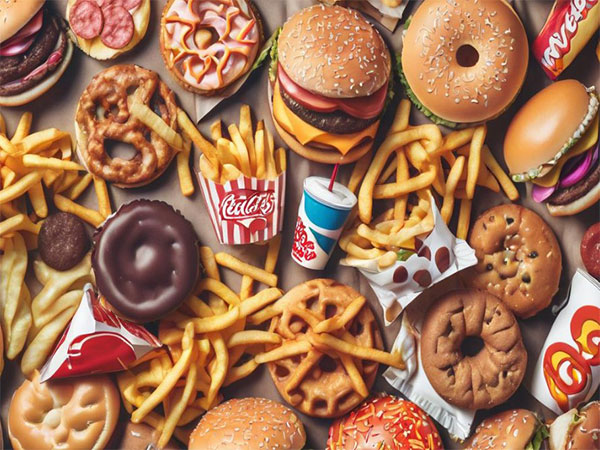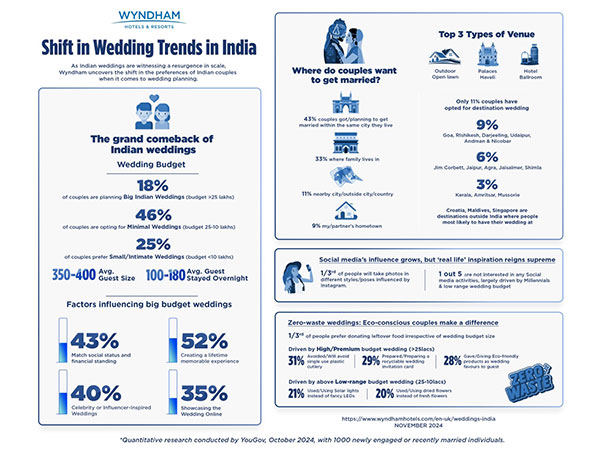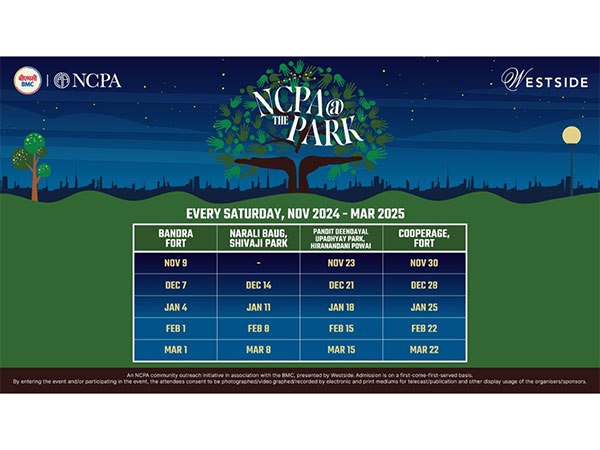
Junk food marketing strategies that keep us unhealthy
May 01, 2024
VMPL
New Delhi [India], May 1: We all know junk food is bad for us. Yet, the bright colors, enticing smells, and pervasive advertising for these products often prove too much to resist. Junk food companies have finely honed marketing strategies that target our biological cravings, psychological vulnerabilities, and the changing media landscape. Let's expose their tricks:
Sensory Manipulation
* Visual Temptation: Junk food packaging and advertisements utilize bold colors, appetizing images, and cartoon characters to create a visual feast. These cues trigger our appetite and create positive associations. One example that illustrates this statement is a study conducted by Harris, Bargh, & Brownell (2009), titled "Priming effects of television food advertising on eating behavior". In this study, researchers found that exposure to food advertising led to increased consumption of snacks, particularly among participants who were hungry. The use of bold colors, appetizing images, and cartoon characters in food advertisements can evoke positive associations and stimulate appetite, influencing consumers' food choices and consumption behaviors.
* The Illusion of Abundance: Supersized portions, multi-packs, and "value meals" create a sense of getting more for your money, even if it means consuming far more calories than you need. When it comes to tactics, promotions for unhealthy food products are commonly displayed during children's programming, such as peak viewing times for family-oriented television shows, gaming content, or while browsing YouTube. CyberGhost's study shows that these promotions often feature endorsements from celebrities, appealing characters, interactive activities, and vibrant visuals, enhancing their entertainment value and memorability.
Exploiting Emotions
* The Happiness Pitch: Junk food ads often associate their products with fun, excitement, belonging, and social acceptance. They promise to make you popular, cool and carefree.
* Comfort and Reward: Ads may suggest that junk food is a justifiable treat to combat stress or reward yourself, establishing a link between these products and emotional comfort.
Preying on Our Habits
* Constant Availability: Junk foods are everywhere - supermarkets, convenience stores, vending machines. Their accessibility and affordability make them a tempting, impulsive choice.
* Targeted Advertising: Marketing campaigns are tailored to our interests and online behavior. With powerful data-driven techniques, junk food ads seemingly follow us everywhere.
Special Focus on Children
* Colorful Characters and Mascots: Junk food brands create loveable characters and mascots to build brand recognition and appeal to children. Here are a few examples. Kellogg's Frosted Flakes cereal is represented by Tony the Tiger, a friendly anthropomorphic tiger known for his catchphrase, "They're Gr-r-reat!" McDonald's iconic mascot, Ronald McDonald, is a clown character often associated with the brand's Happy Meals and family-friendly atmosphere. Mars, Incorporated's M&M's candies feature colorful characters such as Red, Yellow, Blue, Green, and Orange, each with its own personality traits and quirks.
* Sneaky Placements: Junk food is subtly woven into movies, video games, and TV shows popular with young audiences.
* Manipulating Pester Power: Ads frequently target children knowing they will pressure their parents into making unhealthy purchases.
The Health Consequences
Junk food marketing isn't just about selling a product; it has devastating consequences for our health:
* Obesity and Related Diseases: Junk foods are high in calories, sugar, unhealthy fats, and sodium, contributing to obesity, type 2 diabetes, heart disease, and more.
* Distorted Food Preferences: Our taste buds adapt to the overload, making healthy food seem bland and unappealing, setting the stage for a lifetime of unhealthy eating habits.
How to Break Free
* Awareness is Power: Understand how these marketing tactics work. Recognize them in action and make conscious choices.
* Stock Your Home Wisely: Keep your pantry and fridge stocked with healthy snacks. Limit the availability of junk food within your home environment.
* Media Literacy for Kids: Talk to children about marketing techniques and help them distinguish between persuasive ads and reality.
* Support for Change: Demand tighter regulations on junk food marketing, advocate for healthier food environments in schools and communities.
The marketing machine behind junk food is relentless, but it doesn't have to control us. By understanding their methods, making informed choices, and advocating for change, we can create a healthier food environment for ourselves and our children.
(ADVERTORIAL DISCLAIMER: The above press release has been provided by VMPL. ANI will not be responsible in any way for the content of the same)









